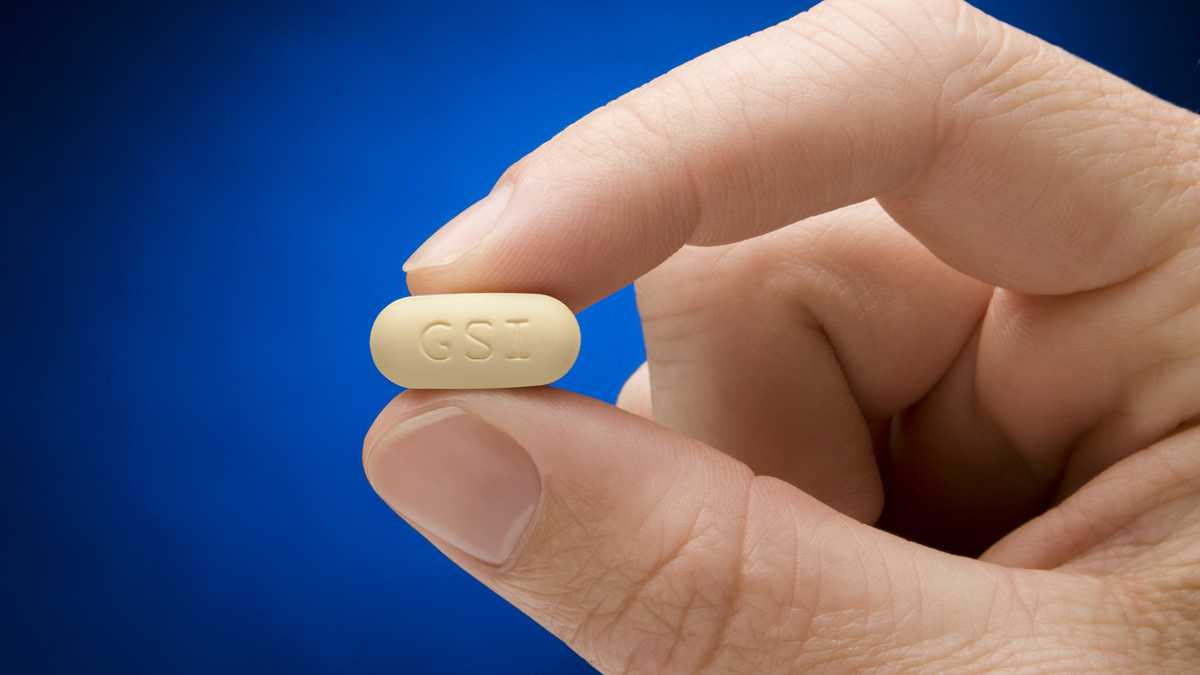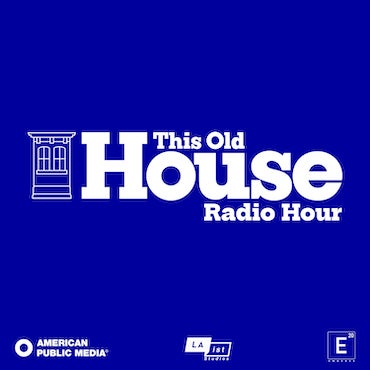The big Pharma trends of 2014

This undated handout photo provided by Gilead Sciences shows the Hepatitis-C medication Sovaldi. A $1,000-per-pill drug that insurers are reluctant to pay for has quickly become the treatment of choice for a liver-wasting viral disease that affects more than 3 million Americans. In less than six months, prescriptions for Sovaldi have eclipsed all other hepatitis-C pills combined, according to new data from IMS Health. (AP Photo/Gilead Sciences)
From the debate over drug pricing to the heightened restructuring of an industry, the region’s pharmaceutical sector has experienced a lot of shakeups in 2014. The Pulse’s Maiken Scott and Elana Gordon recently sat down to reflect on some of the major trends of the year.
The year of Sovaldi
The contention around the cost of drugs in the U.S. is nothing new, but that debate reached a boiling point this year with the much anticipated arrival of a new class of drugs to treat Hepatitis C, the most common blood-borne infection in the U.S. Untreated, Hepatitis C can lead to liver failure or cancer.
The availability of new treatments that boast high cure rates and minimal side effects has generated much excitement, but that has also been compounded by pushback over the drugs’ prices in the U.S. Sovaldi, for example, costs upwards of $80,000 dollars for its three month regimen, and it must be taken in combination with other costly drugs.
The dynamic has highlighted questions around access to treatment, drug pricing and competition in the U.S., and the costs and incentives around developing treatments in general…all questions that will likely continue fueling the debate well into 2015.
The race for an Ebola vaccine
Speaking of drug development, research into an Ebola vaccine kicked into high gear this year in response to a deadly epidemic that has already taken nearly 7,000 lives this year, predominantly in Liberia, Sierra Leone and Guinea.
While vaccines typically take years to develop, the U.S. government, along with aid agencies and the World Health Organization are trying to “fast track” that process.
Such a designation is not new, but it has put drug companies like Merck, Johnson & Johnson and GlaxoSmithKline in the international spotlight, raising questions about the challenges of developing such treatments, incentives to do so, why such a vaccine was not prioritized before, and what that means in light of a public health emergency (and, beyond Ebola, what that means for taking on deadly diseases and pathogens that don’t rise to a broad public health emergency).
Clinical trial updates for vaccines are expected any day now, likely giving rise to more questions regarding vaccine effectiveness, manufacturing and access.
Other trends
The restructuring of the pharmaceutical industry continued at a rapid pace in 2014, highlighted by consolidations, downsizing and deals gone both good…and bad.
Glaxosmithkline, based in Britain, recently announced job cuts in the Research Triangle Park in North Carolina and a consolidation of operations in the Philadelphia area.
The generic drug company Teva, based in Israel but with a strong presence in Philadelphia, also announced the discontinuation of more than a dozen projects, instead concentrating on two specific areas of drug development.
Meanwhile, a couple big deals fell through in 2014 that hit home to this region, including Pfizer’s failed attempt to take over AstraZeneca and Abbvie’s bid to acquire Shire (Shire, meanwhile, announced its U.S. operations will move from Philadelphia to Boston).
Some of the general factors fueling these developments include the financial repercussions of drugs losing their patents and the extensive time, resources and risks involved in developing new treatments. As a result, a lot of companies have been shedding its early stage research and development, often narrowing their focus and looking to acquire drugs as they near the end stages of development, in many cases from smaller biotech startups.
In an effort to combat one downsizing trend among pharma companies, the U.S. Treasury Department recently issued new tax rules, aimed at deterring U.S. companies from moving their legal headquarters to lower-tax countries.
Looking ahead
Whether it’s the rise of biosimilars or attempts to commercialize gene therapy, The Pulse looks forward to staying on…well…the pulse of developments in the pharmaceutical sector going into 2015 and beyond.
So, what do you think we missed? What will you be watching for in the coming year? Email us at thepulse@whyy.org.
WHYY is your source for fact-based, in-depth journalism and information. As a nonprofit organization, we rely on financial support from readers like you. Please give today.

